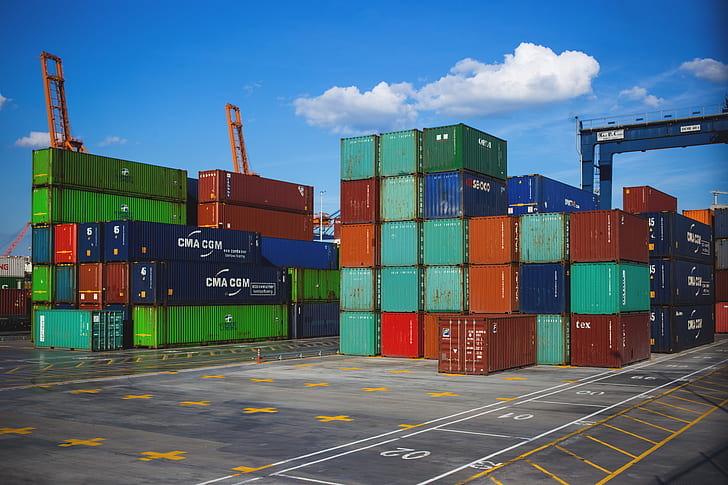
President Donald Trump announced on Thursday that he will impose a series of new import taxes, which are scheduled to take effect on October 1. The tariffs include a 100% tax on pharmaceutical drugs, 50% on kitchen cabinets and bathroom vanities, 30% on upholstered furniture, and 25% on heavy trucks. The announcement, made on his social media site, shows the President’s continued devotion to tariffs as a means to reduce the government’s budget deficit and increase domestic manufacturing. While Trump did not provide a legal justification for all the tariffs, he did stretch the bounds of his role by stating that the taxes on imported furniture were needed “for National Security and other reasons.”
Under the Trade Expansion Act of 1962, the administration launched a Section 232 investigation in April regarding the impact of pharmaceutical drug and truck imports on national security. The Commerce Department also launched a similar investigation into timber and lumber in March, though it is unclear if the furniture tariffs stem from that.
Economic Concerns and Contradictions
The new taxes add a dose of uncertainty to a U.S. economy that has a solid stock market but a weakening outlook for jobs and elevated inflation. Federal Reserve Chair Jerome Powell has warned that “goods prices showing through into higher inflation,” adding that higher costs for goods account for “most” or “all” of the increase in inflation this year. The president, however, has dismissed these concerns, arguing that inflation is no longer a problem and that the Fed should be cutting interest rates more aggressively.
The new pharmaceutical tariffs could be particularly impactful. In 2024, America imported nearly $233 billion in pharmaceutical and medicinal products. The prospect of prices doubling for some medicines could send shock waves to voters and increase the costs of Medicare and Medicaid. While Trump has previously suggested a phased-in approach for pharmaceutical tariffs, his latest announcement calls for them to go into effect on October 1. He did say that the tariffs would not apply to companies that are “breaking ground” or have factories “under construction” in the United States, which has already led to major pharmaceutical companies announcing investments in U.S. production.
Broader Impact and Political Strategy
The new tariffs on cabinetry could increase costs for homebuilders at a time when many people already feel priced out of the housing market. Trump said that the tariffs on heavy trucks are intended to protect domestic producers like Peterbilt and Mack Trucks from “the onslaught of outside interruptions.” The president has long maintained that tariffs are the key to forcing companies to invest more in domestic factories, dismissing fears that the costs would be passed on to consumers. However, economic data suggests otherwise. Since April, the Bureau of Labor Statistics has reported that manufacturers have cut 42,000 jobs, and builders have downsized by 8,000. The Supreme Court is also scheduled to hear a case in November regarding the legality of Trump’s broader country-by-country tariffs. The president, meanwhile, has promised to divert tariff revenues to American farmers hurt by the trade conflict, just as he did in his first term.
What The Author Thinks
These new tariffs are a deliberate and aggressive push to completely transform the U.S. economy, not just a simple extension of past policies. By targeting a wide range of goods, from essential medicines to home goods, the administration is making a high-stakes gamble that a nationalist approach to trade can simultaneously reduce the deficit, increase domestic jobs, and control inflation. This approach, while popular with some, faces significant headwinds from economic data and legal challenges. The decision to impose tariffs on such a diverse range of goods suggests a new, more comprehensive strategy to force a fundamental change in the global supply chain, with the potential for both significant disruption and long-term economic shifts.
Featured image credit: PickPik
For more stories like it, click the +Follow button at the top of this page to follow us.
